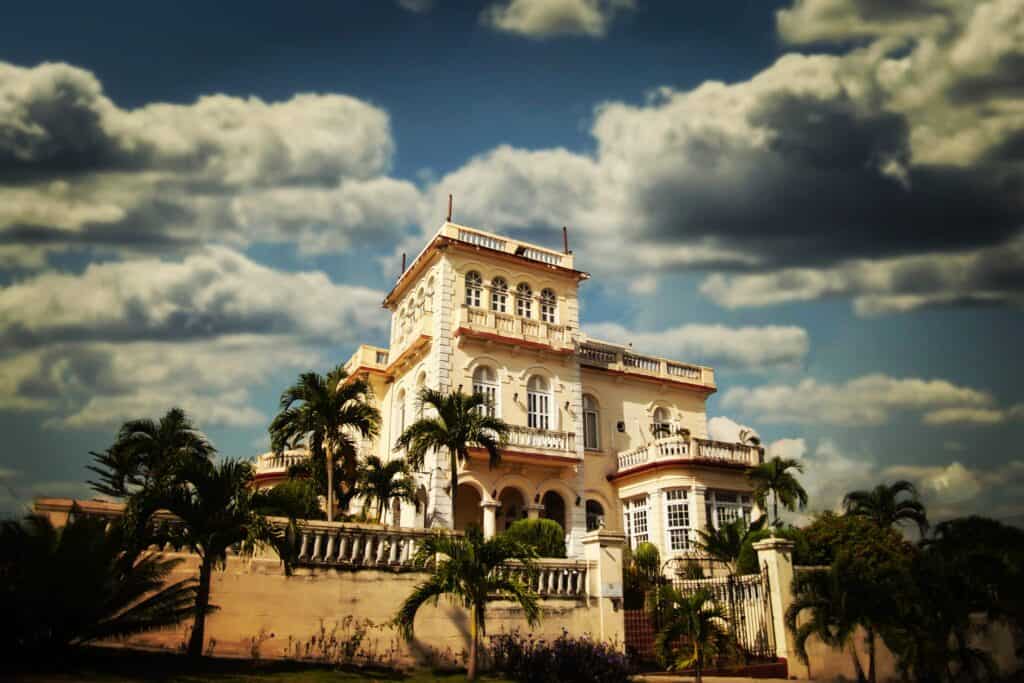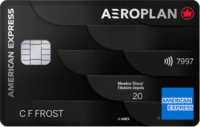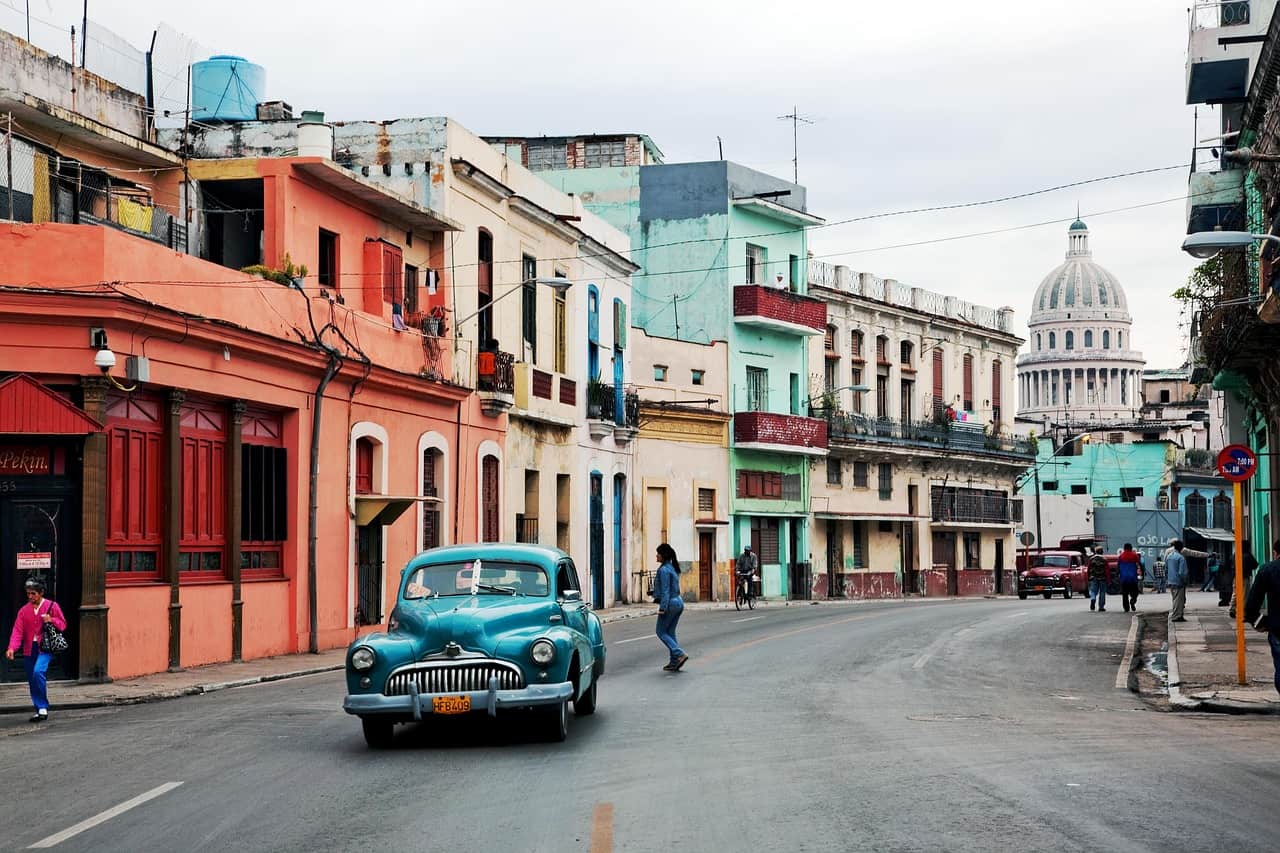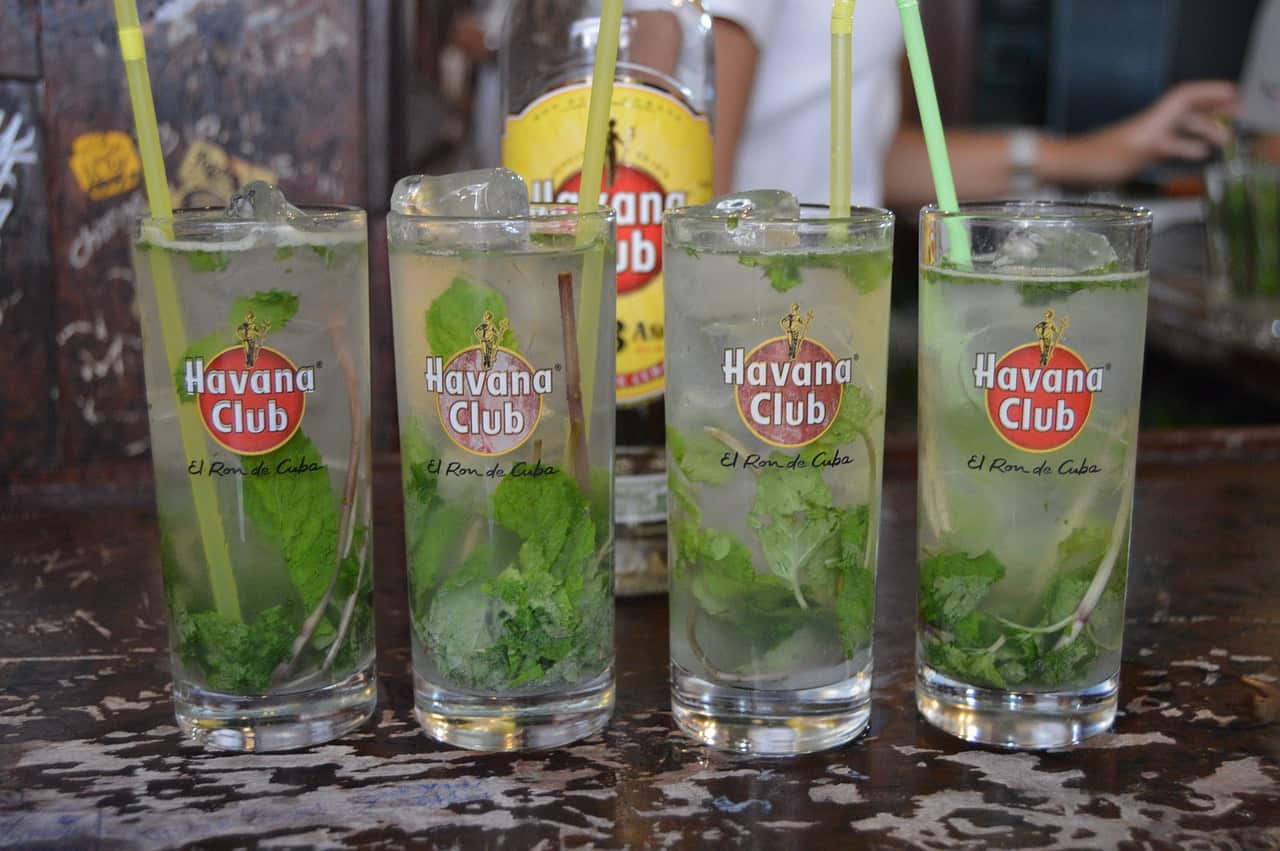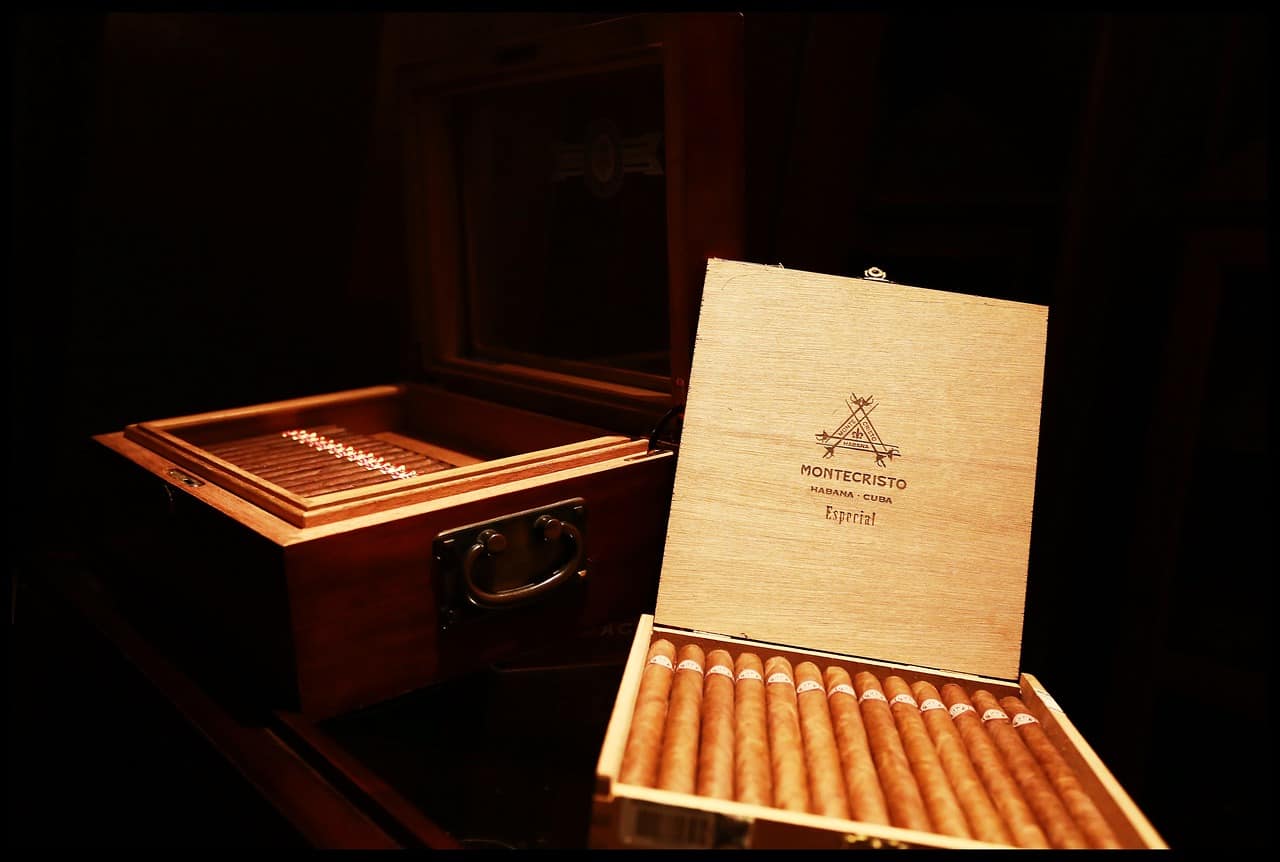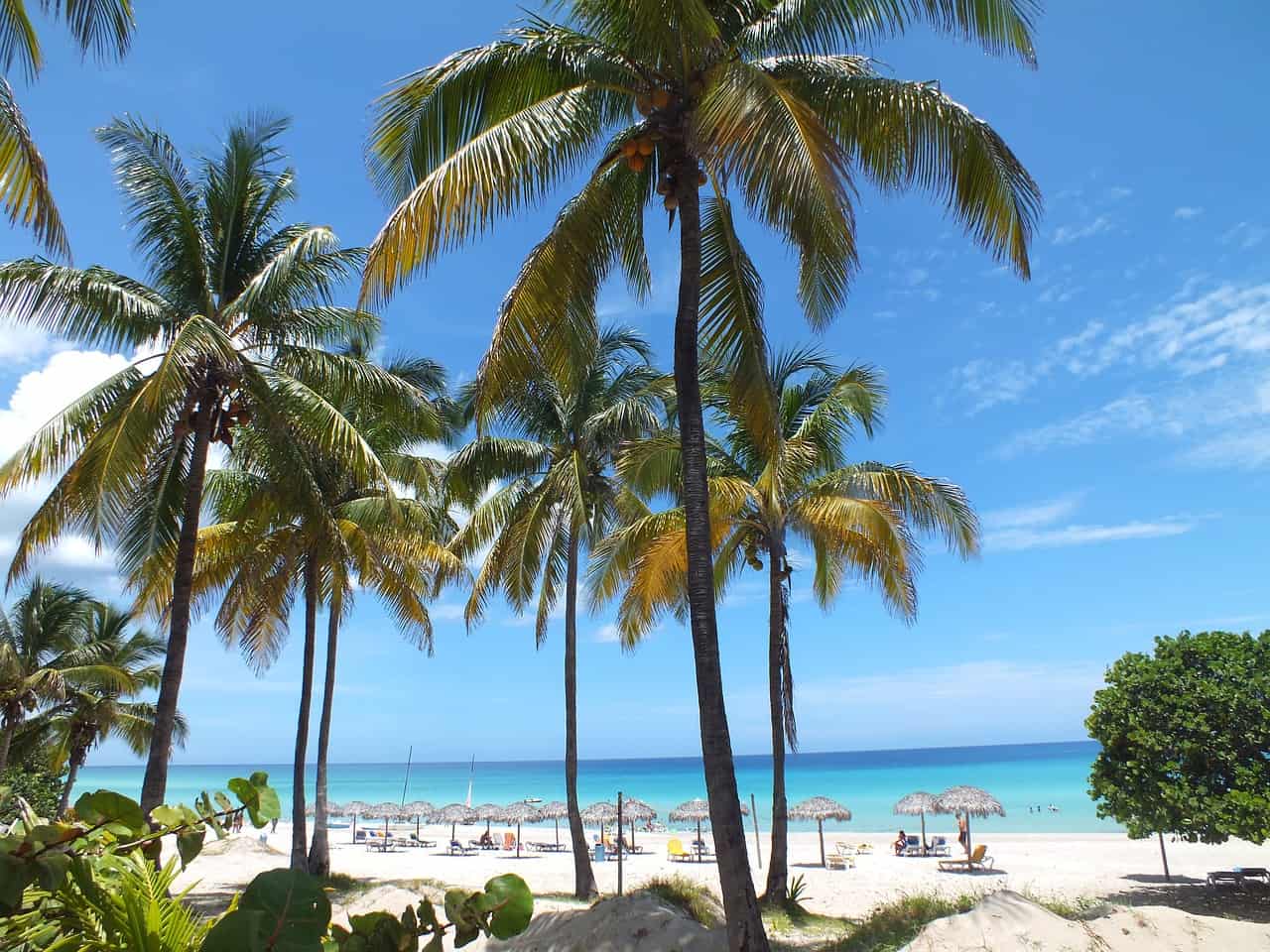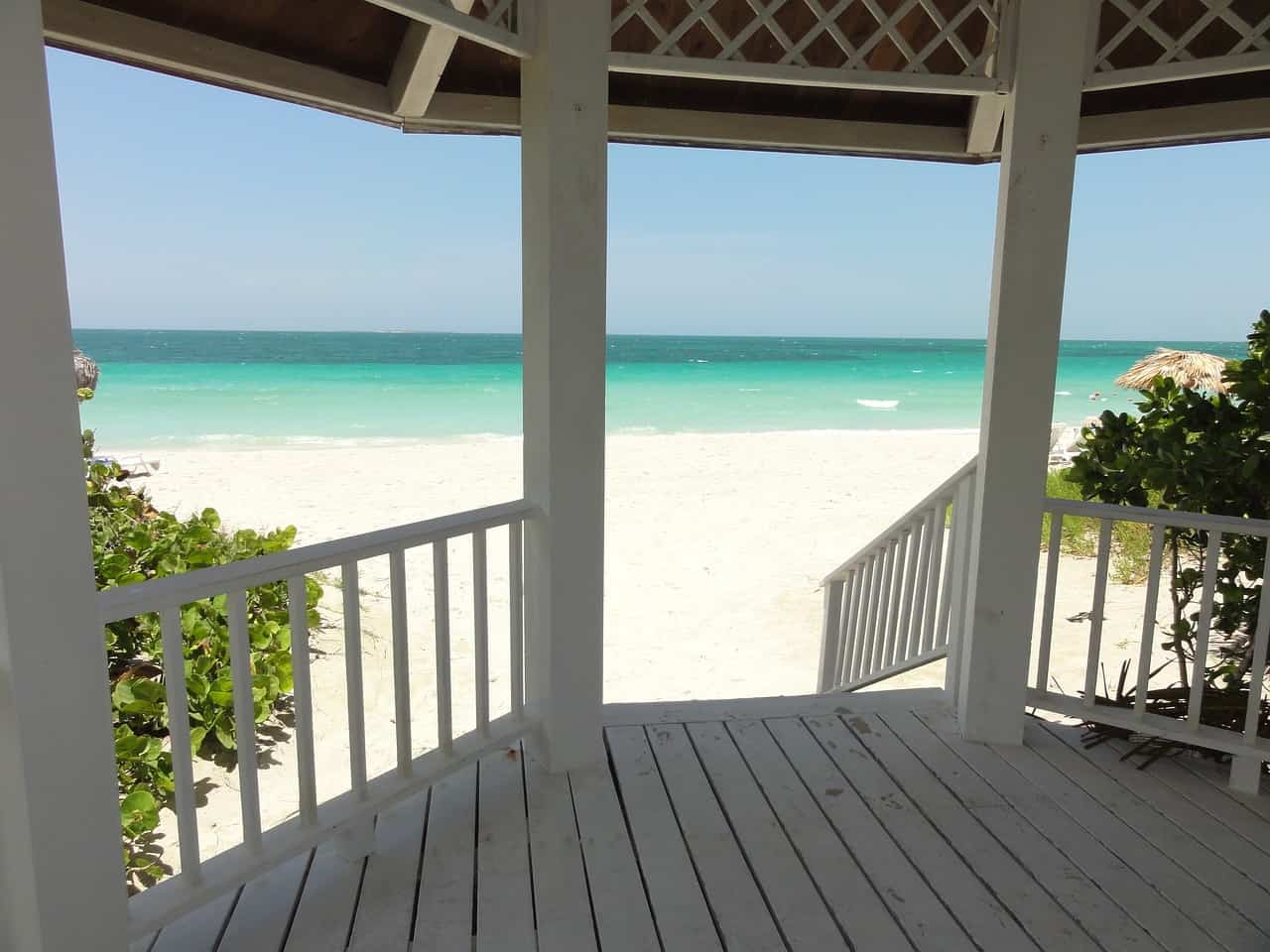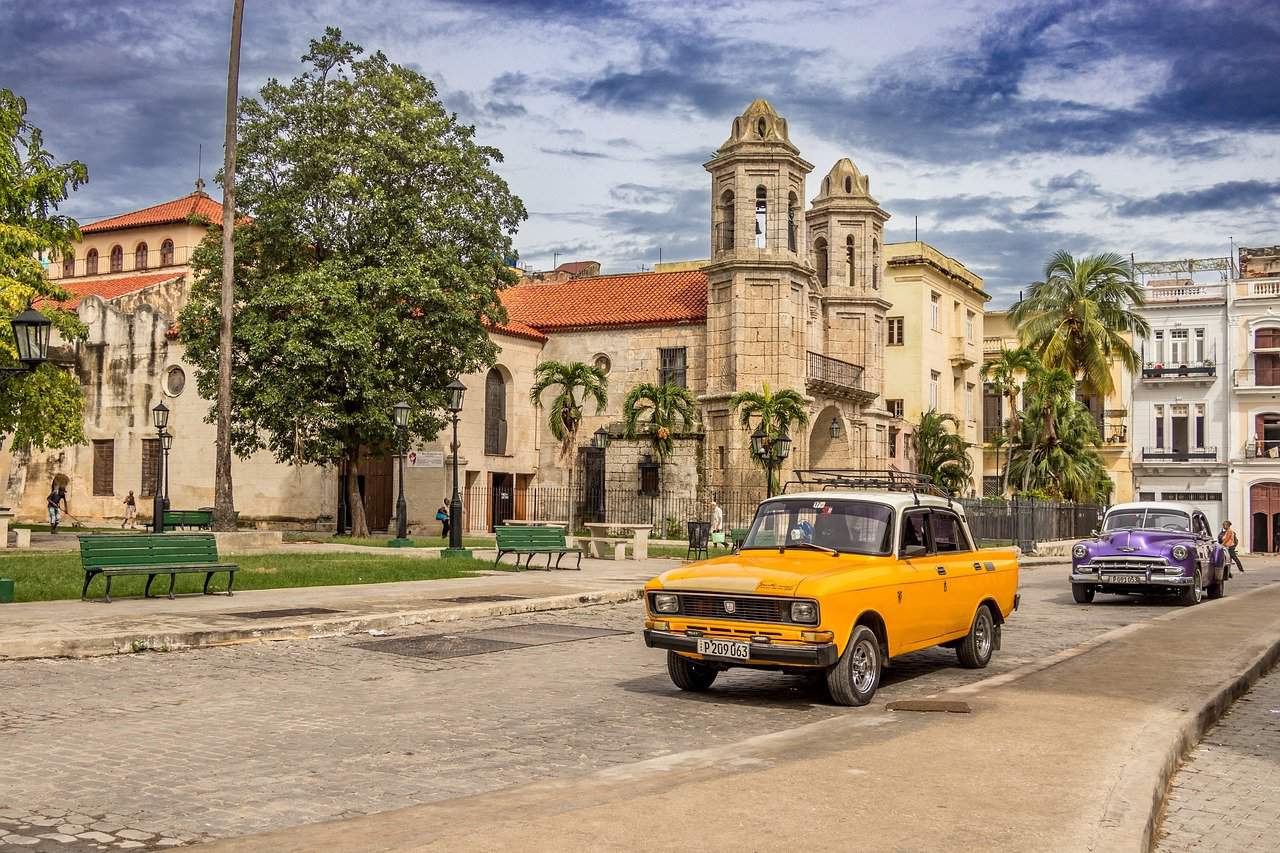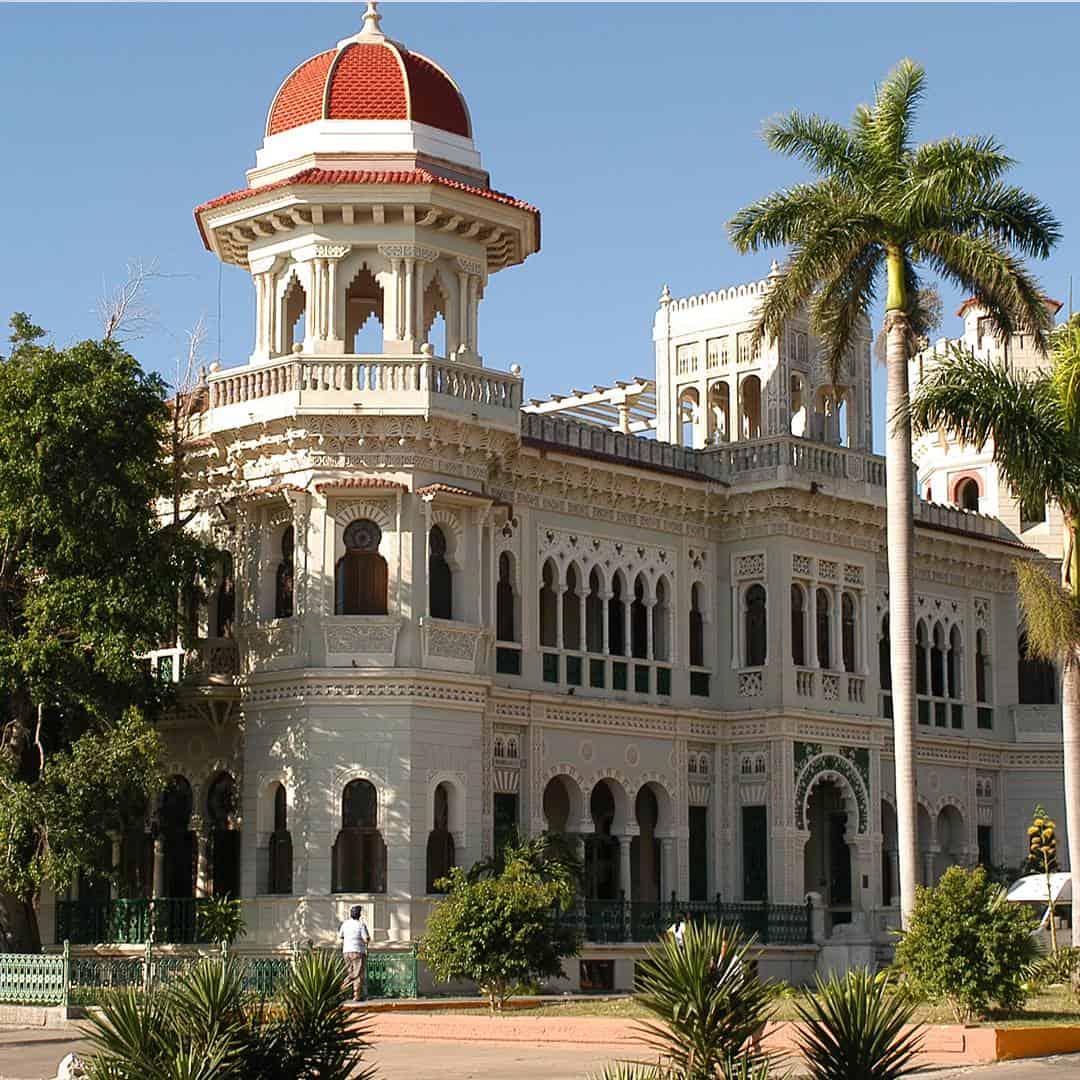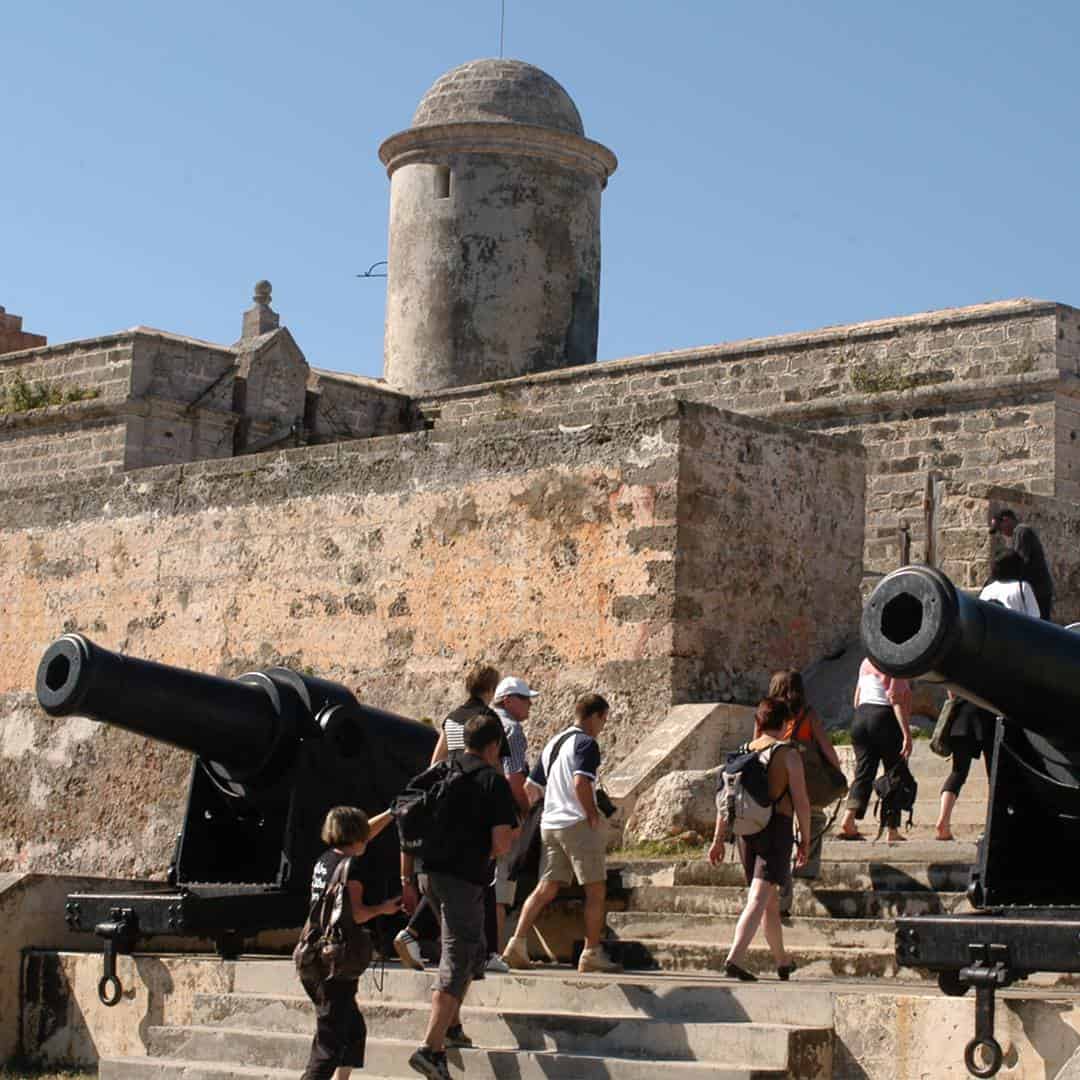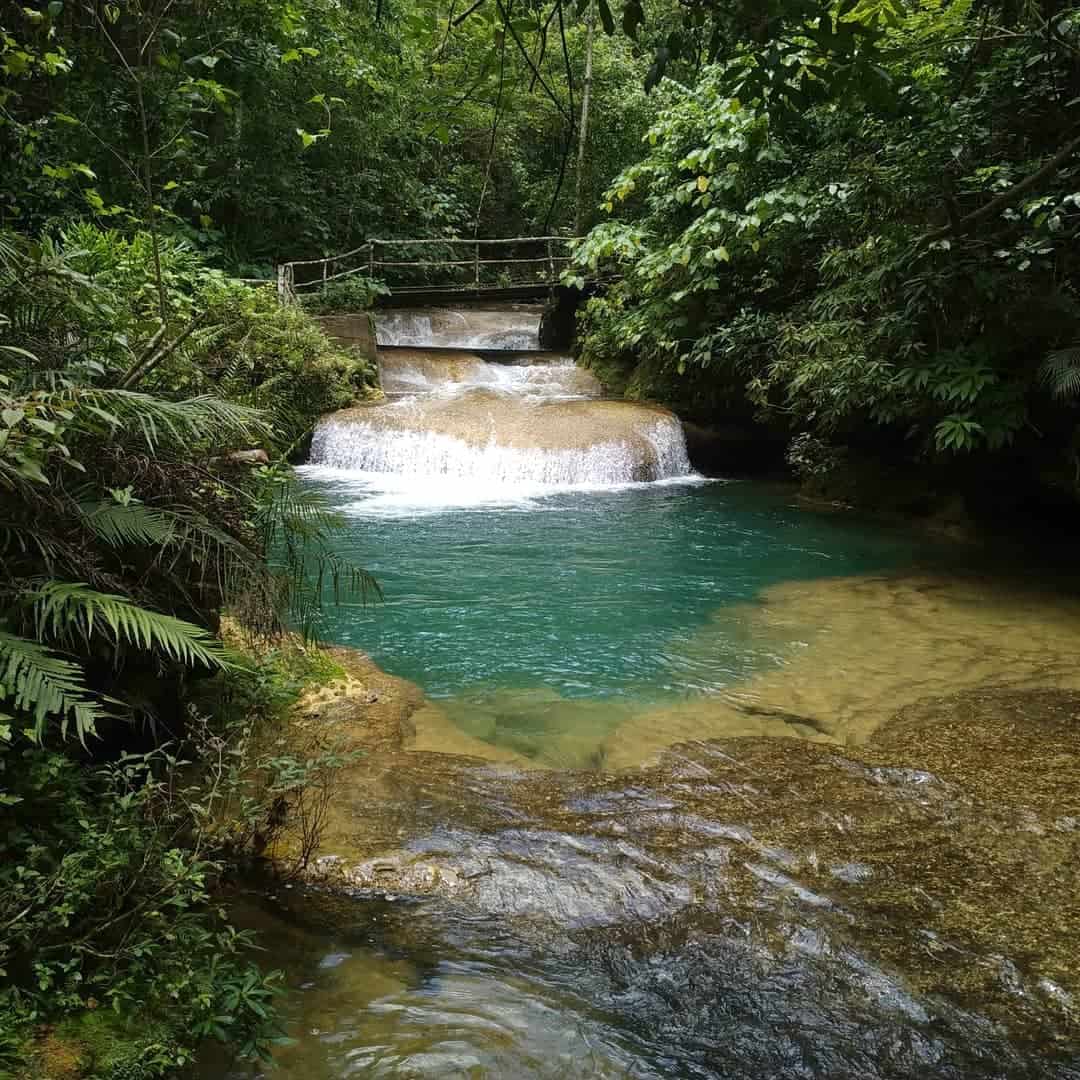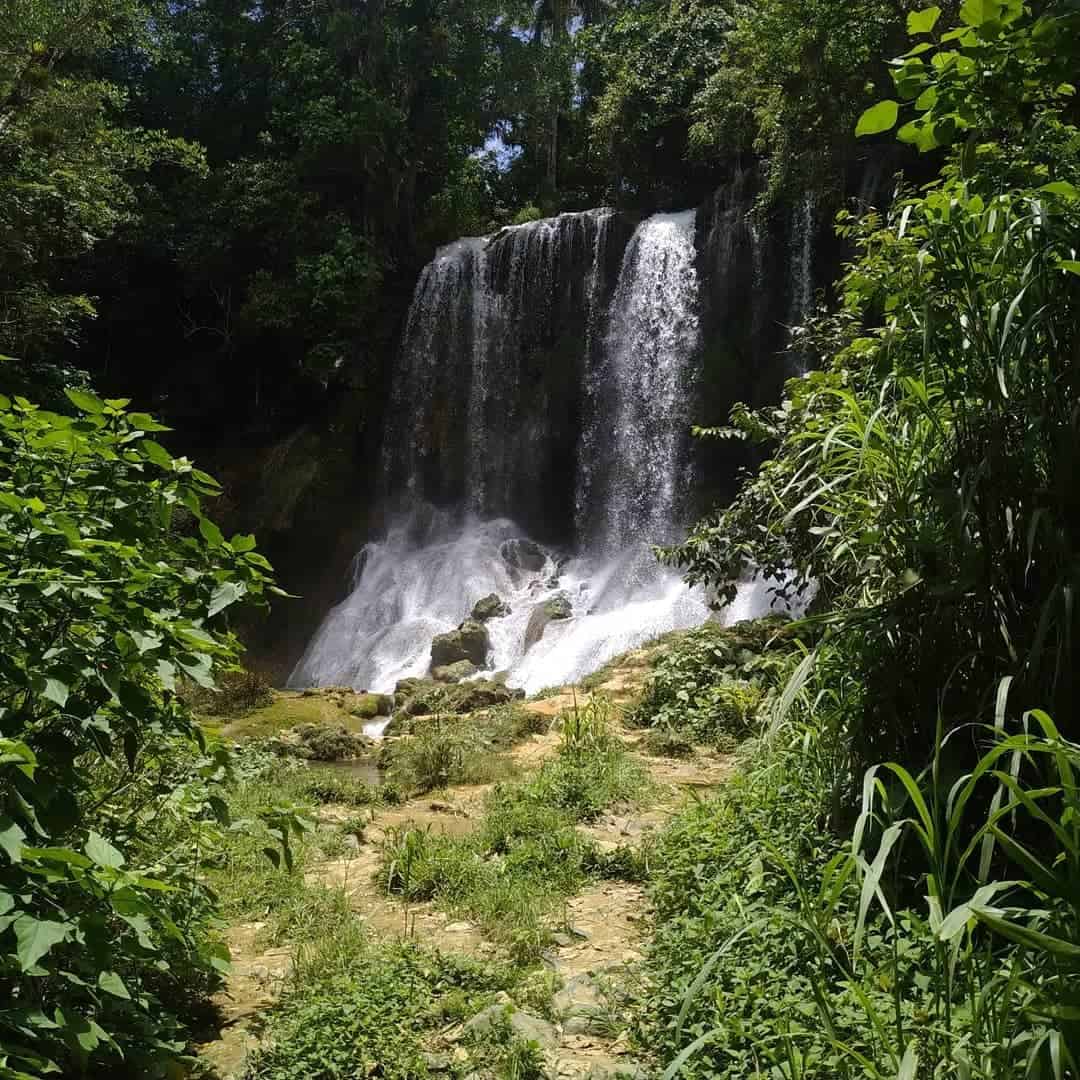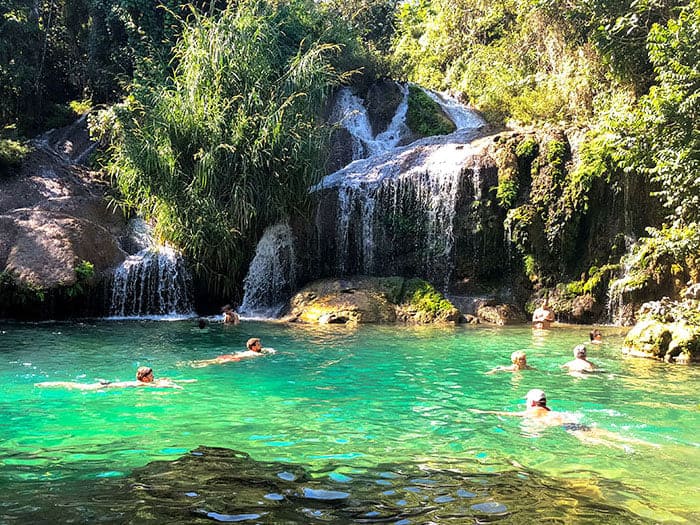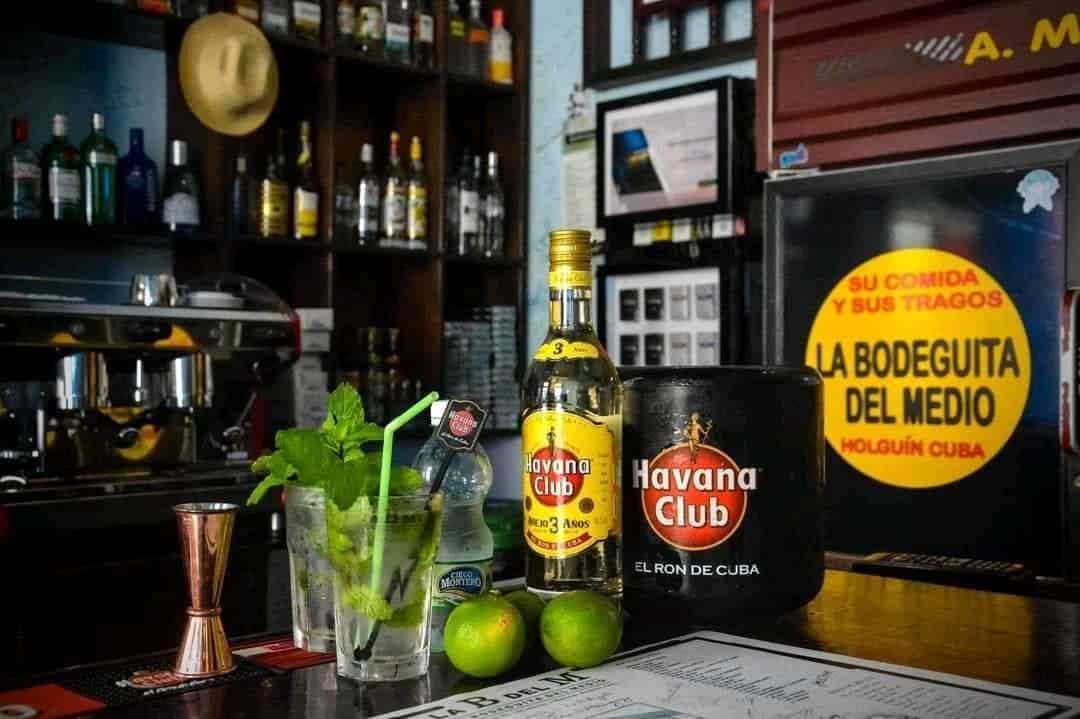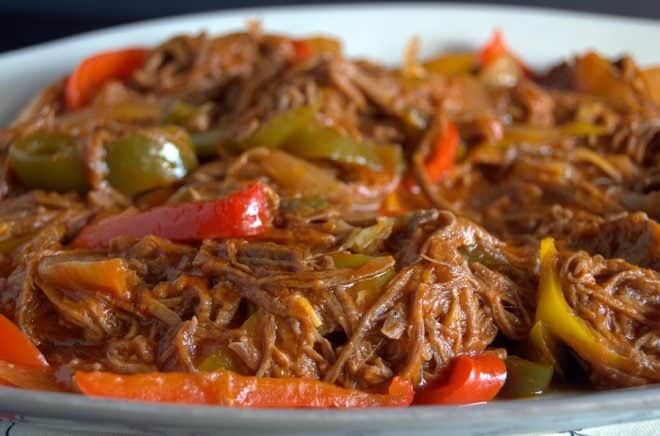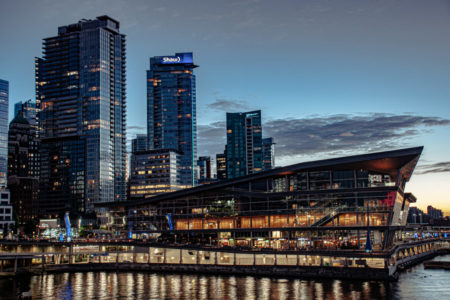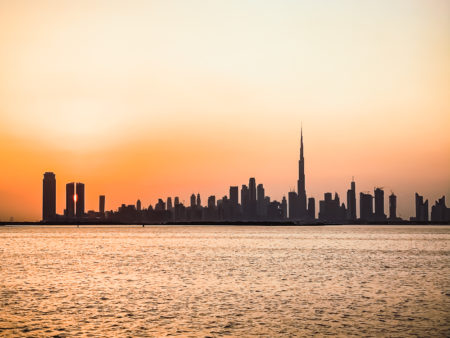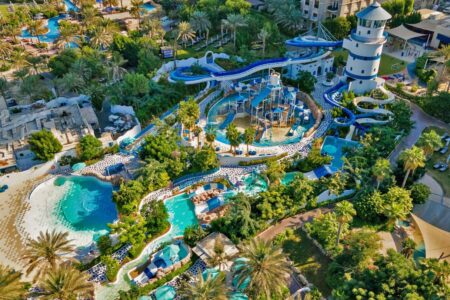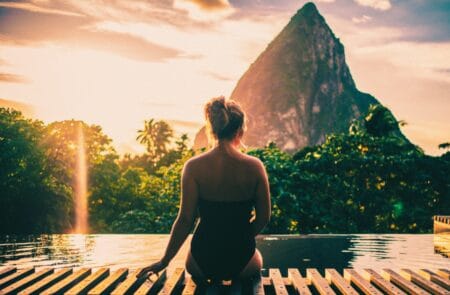A must-see Caribbean island, Cuba is known for its superb stretches of white sand and turquoise waters.
Located west of the Dominican Republic and south of Florida, Cuba is the largest island in the Caribbean, around 110,860 square kilometers.
Among its main attractions, the island has a rich history linked to its Spanish colonial heritage and its revolution in 1959.
We also love Cuba for its diverse culture, influenced by African, Spanish and Caribbean traditions. Salsa, Chachacha, rumba and mambo… music and dance are at the heart of Cuban culture.
Of course, Cuba can’t be described without mentioning its beaches, which are home to a number of popular resorts such as Varadero, Cayo Coco and Cayo Santa Maria. But apart from the beaches, Cuba also offers a diverse natural environment, from the Sierra Maestra mountains to the fertile valleys of Viñales.
Secondly, Cuba is world-renowned for its high-quality cigar production. Cuban cigars, such as the famous Cohiba and Montecristo, are appreciated by cigar aficionados the world over. Cuban rum is also renowned, and enjoying a mojito or daiquiri in Havana is a must.
Last but not least, Cubans are known for their hospitality and friendliness. Despite economic challenges, they are welcoming and proud to share their culture with visitors. Interacting with Cubans can give travelers a unique perspective on daily life in this country.
Here are the main Cuban destinations to explore, the best activities, suggestions for accommodation, local dishes and other practical information to make your trip easier.
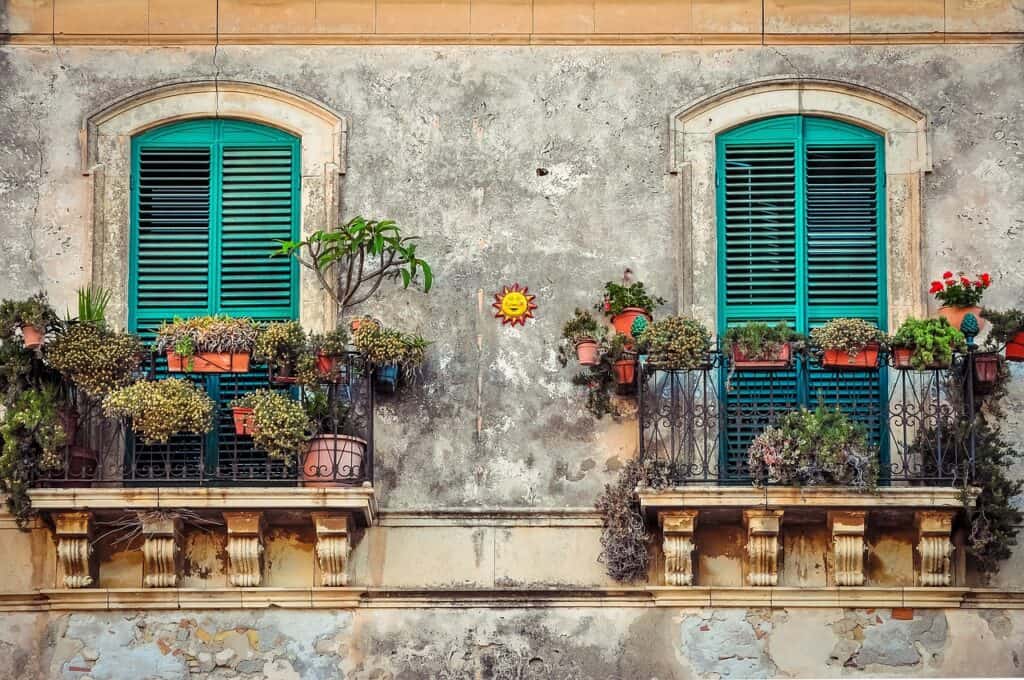
Travel to Cuba with points
Fly to Cuba with points
The main airports are Havana (HAV), Varadero (VAR) and Holguin (HOL).
Airlines offering service between Montreal and these airports include Sunwing, Air Transat and Air Canada .
In the following example, Air Canada Aeroplan points can be used to fly directly there for 39,600 points and $141. The number of points may vary if the dates are popular.
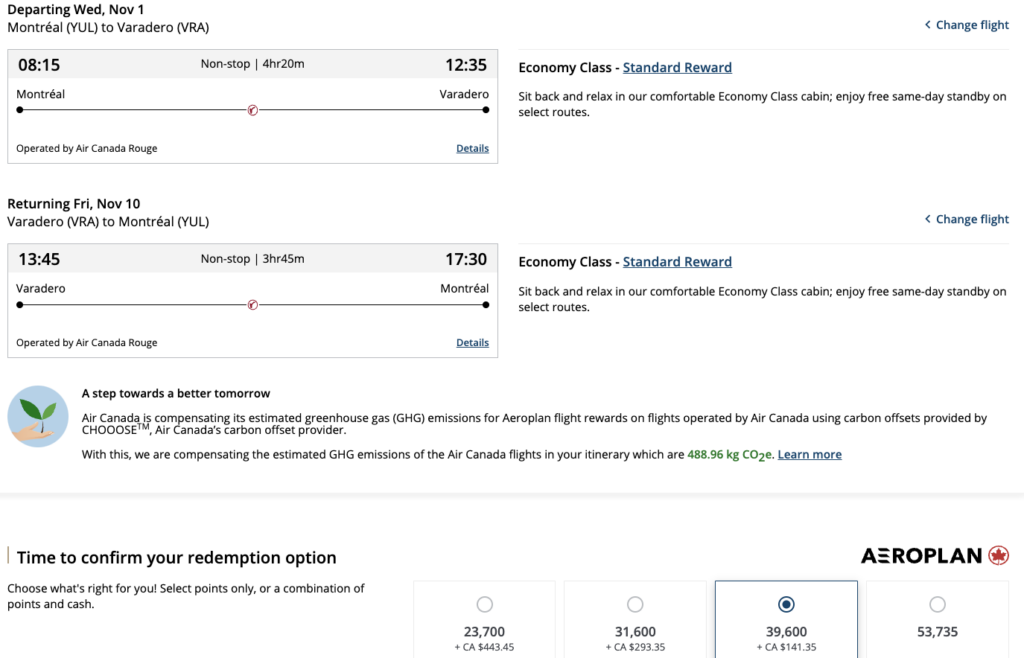
Use points for accommodation in Cuba
There are no major hotel chains in Cuba. So using Airbnb and general booking sites like Booking.com are a good option.
With one of these credit cards, you can use points to reduce accommodation costs:
Secondly, some credit cards offer travel credits to pay for certain expenses. For example, the National Bank’s World Elite Mastercard also gives you up to $150 cashback per year on :
- Travel costs on seat selection
- Airport parking
- Baggage fees
- Access to airport lounges on departure from Canada
- And ticket upgrades
Before you leave, contact your financial institution to confirm that your credit card is accepted in Cuba.
Cuba's main destinations
Havana
The Cuban capital is a must on any visit to Cuba. The old town, a UNESCO World Heritage Site, is packed with colourful buildings and lively squares. Stroll the cobbled streets of Havana and soak up the city’s unique ambience, listening to Cuban music in local bars or admiring the classic cars that criss-cross the streets.
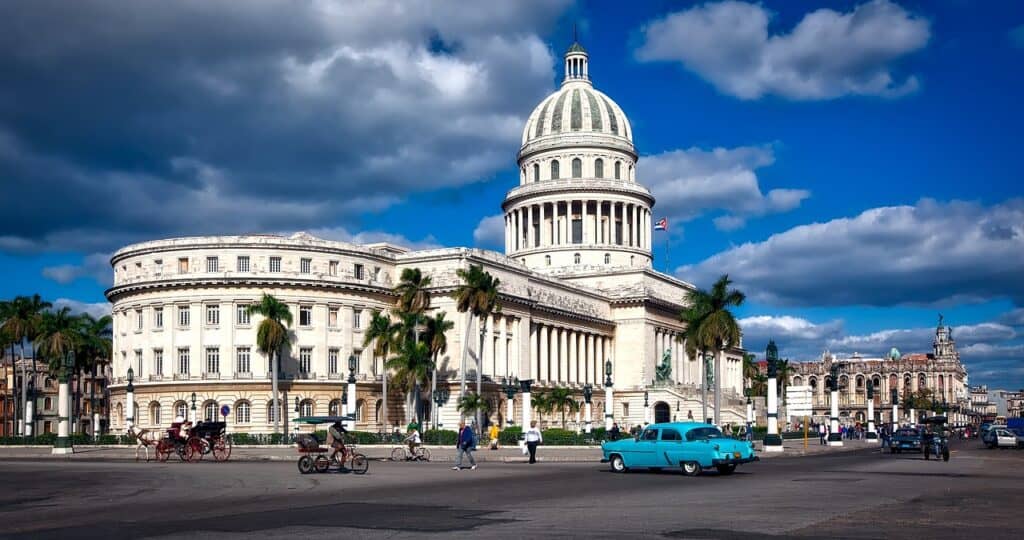
Varadero
Located on the Hicacos peninsula, Varadero is renowned for its pristine white sand beaches and turquoise waters. It’s the ideal destination for those looking to relax in the sun and enjoy all-inclusive resorts. Popular activities in Varadero include scuba diving, deep-sea fishing and catamaran cruises. Enjoy a lively village with markets, stores, restaurants and bars.
Trinidad
With its cobbled streets and colourful houses, Trinidad seems frozen in time. In this charming Spanish colonial town, you can visit museums, dance to the sound of salsa in the lively streets and visit the surrounding sugar cane plantations to learn more about the region’s sugar history.
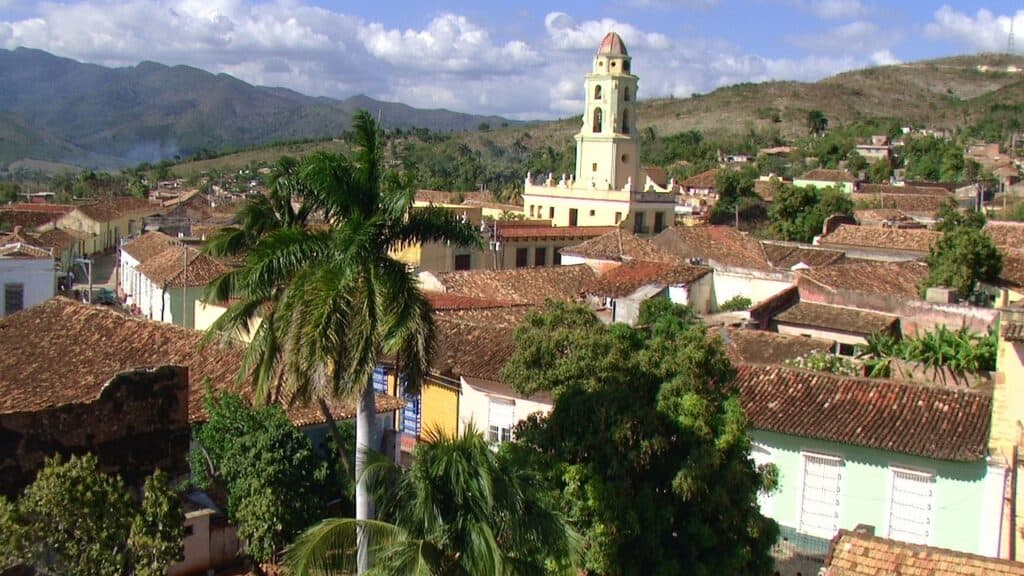
Other Cuban destinations are also worth a visit. For example, Santiago de Cuba, the island’s second-largest city, is renowned for its lively atmosphere, dynamic music scene and rich Afro-Cuban culture.
The superb beach of Guardalavaca, on the north-east coast, attracts visitors with its crystal-clear waters and fine sand.
The picturesque Baracoa region, at the eastern end of the island, offers breathtaking natural beauty, with lush mountains and beaches.
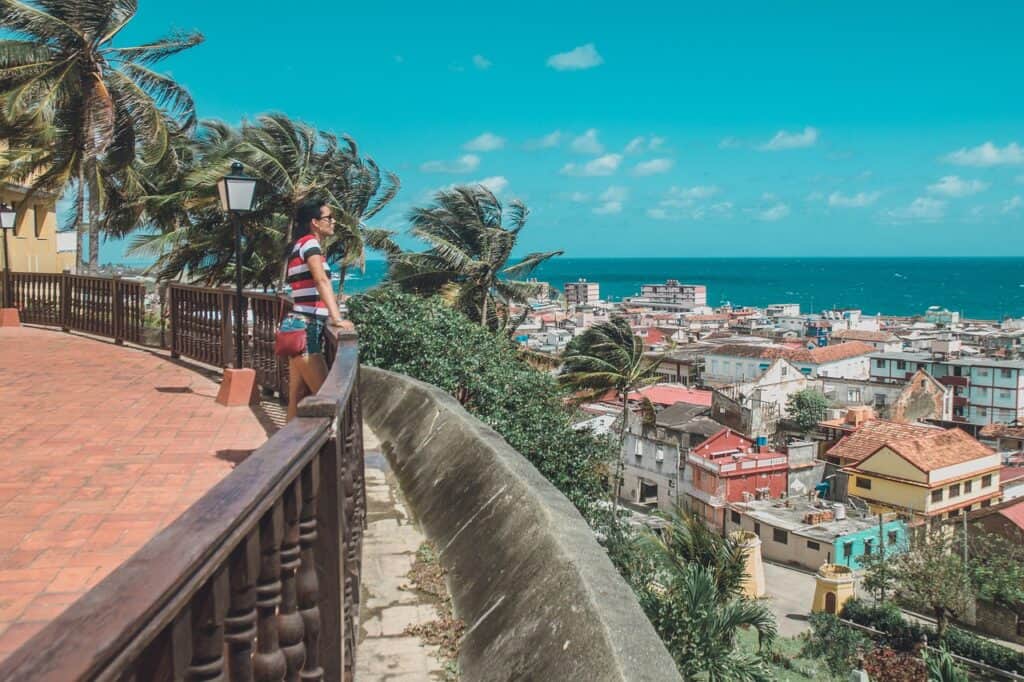
Cuba is, of course, famous for its all-inclusive resorts, which offer both relaxing and lively vacations. Popular seaside destinations include the island of Cayo Largo; Cayo Santa Maria, Cayo Coco and Cayo Guillermo on the north coast; Holguín on the northeast coast and one of Cuba’s newest seaside destinations, Cayo Cruz.
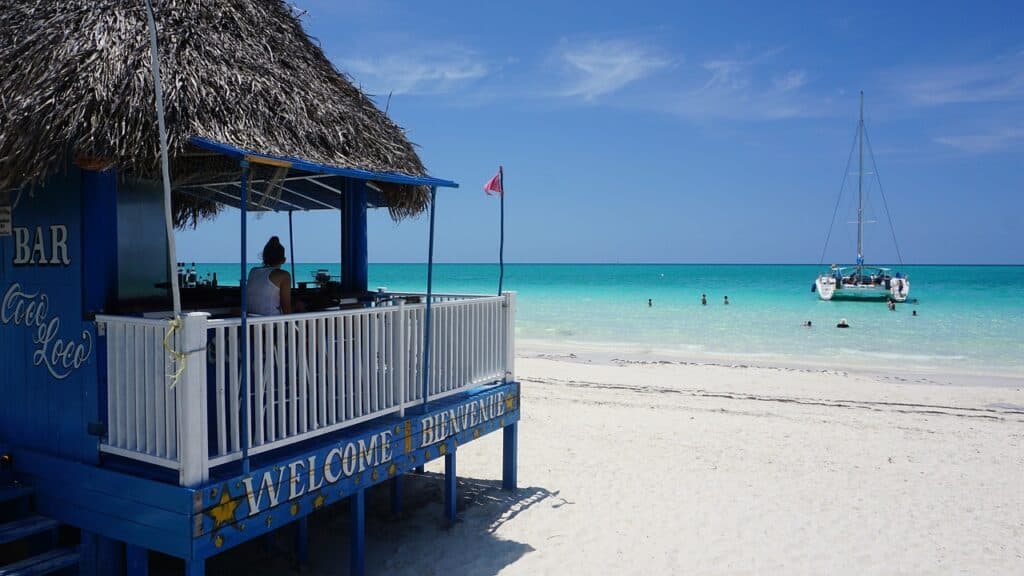
Activities not to be missed
Viñales
Located in the province of Pinar del Río, Viñales is known for its spectacular scenery, limestone hills and tobacco plantations. The program includes horseback riding through tobacco fields, visits to local farms and exploration of impressive caves.
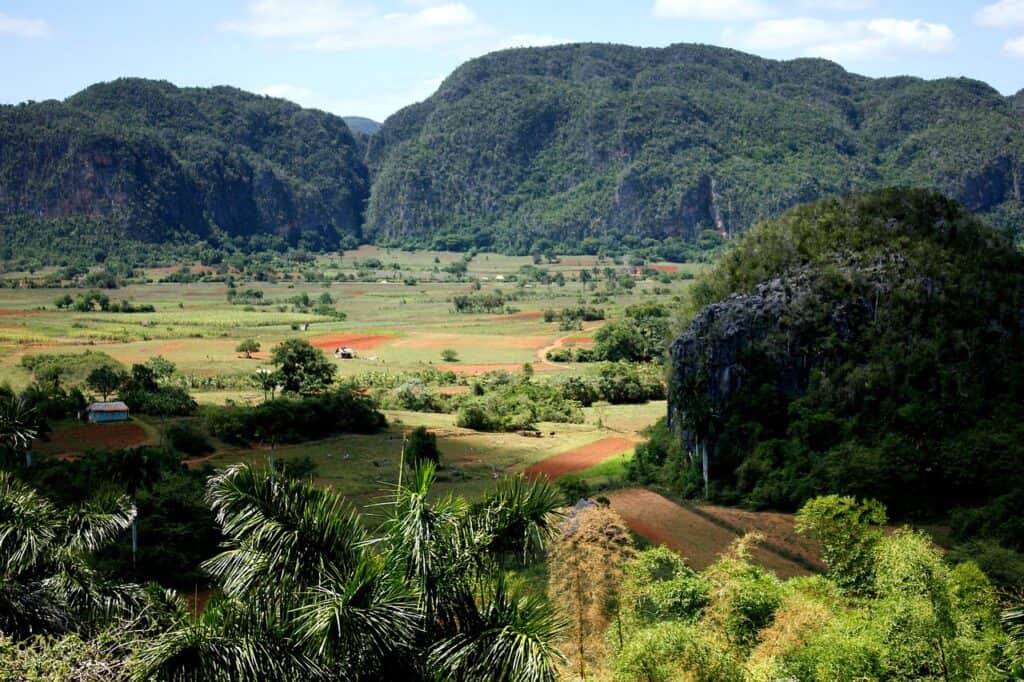
Cienfuegos and its national park
Cienfuegos is known for its well-preserved French colonial architecture. The town was founded by French settlers in the early 19th century, and its historic center is a UNESCO World Heritage Site. Nearby El Nicho Nature Park is an ideal spot for nature lovers. You can explore hiking trails, swim in natural freshwater pools and admire magnificent waterfalls.
Cuban festivals
The Santiago de Cuba Carnival, the Festival del Caribe in Santiago de Cuba and the Havana International Jazz Festival are some of the most popular events where you can enjoy Cuban music, dance and culture.
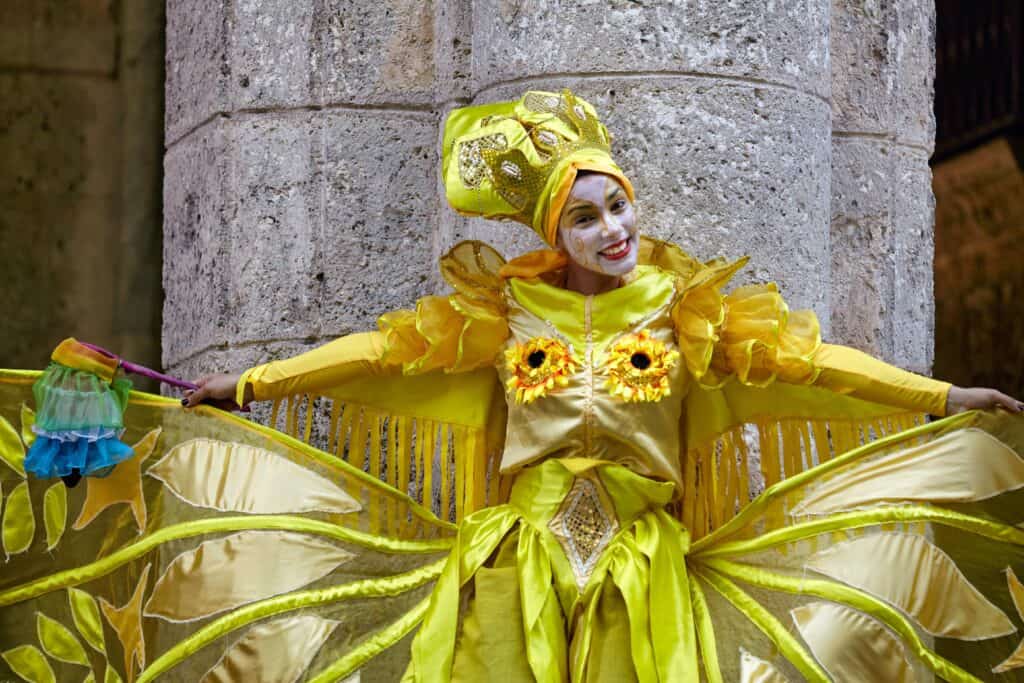
Enjoy the beaches
Here you can relax, swim, dive and enjoy other water sports… Few people go to Cuba without enjoying its magnificent beaches.
Here are just a few of Cuba’s popular beaches: Varadero, Cayo Santa Maria, Playa Ancón, Playa Paraiso and Guardalavaca.
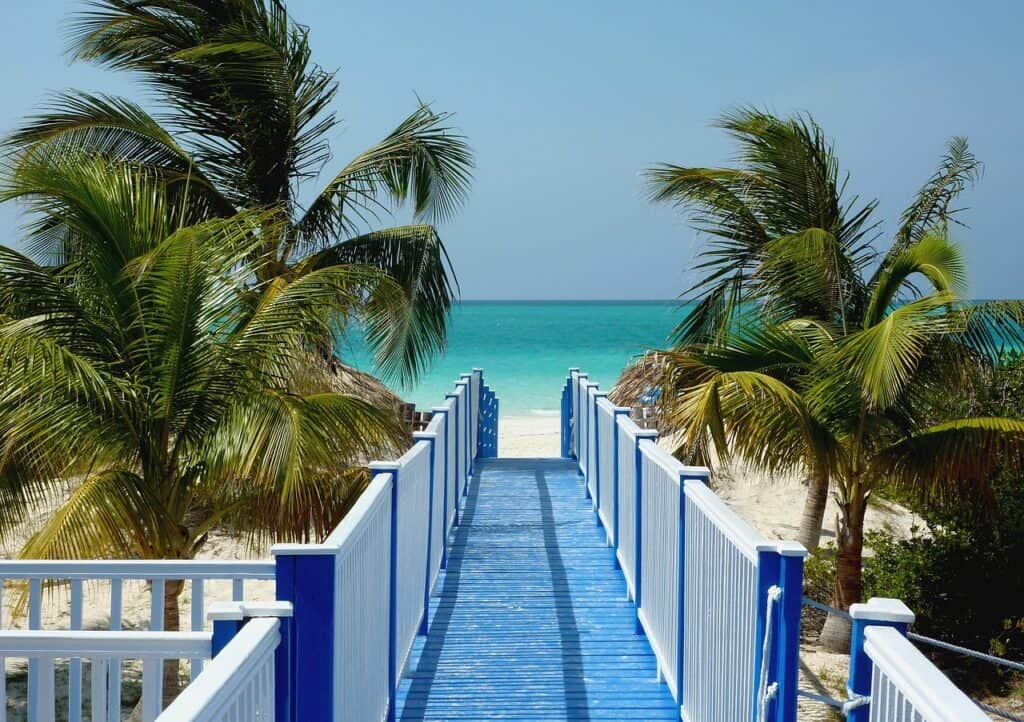
A day on a catamaran
If you love the sea and want to enjoy Cuba’s coastal landscapes, a day on a catamaran is one of the memorable activities to include in your travel itinerary. You’ll be invited to snorkel in the coral reefs, and you may be lucky enough to stop off at an island paradise and sample some lobster.
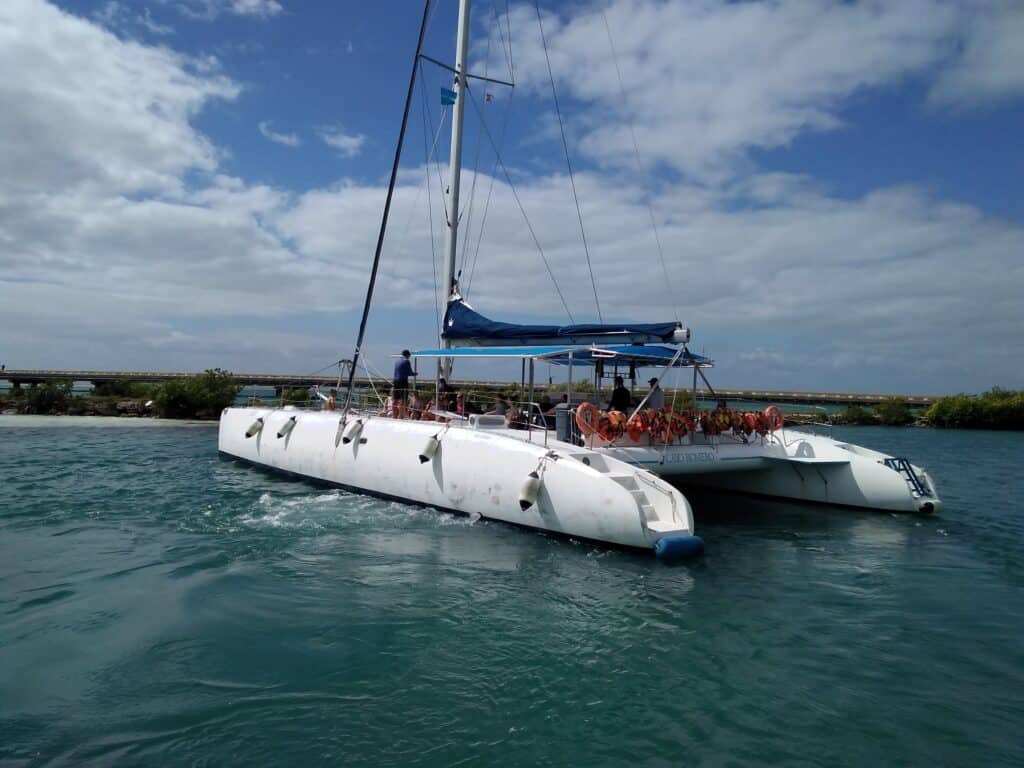
Accommodations
Cuba offers a variety of accommodation options to suit all budgets and preferences. You can choose to stay in modern, comfortable hotels, family-run guesthouses called “casas particulares” for a more authentic experience, or opt for Cuba’s most popular type of accommodation: all-inclusive resorts.
Among the all-inclusive favourites:
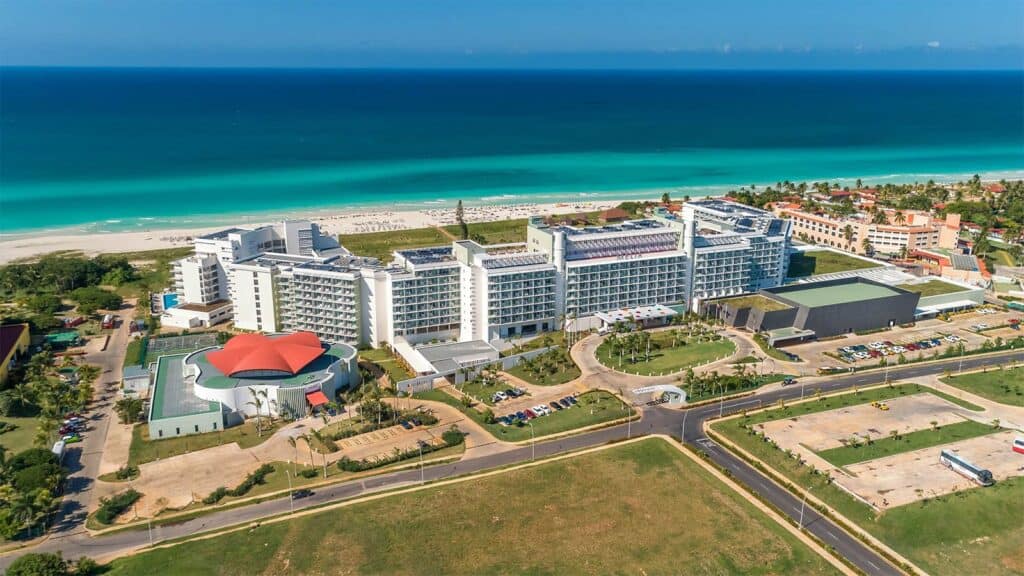
Suggested hotels in Havana:
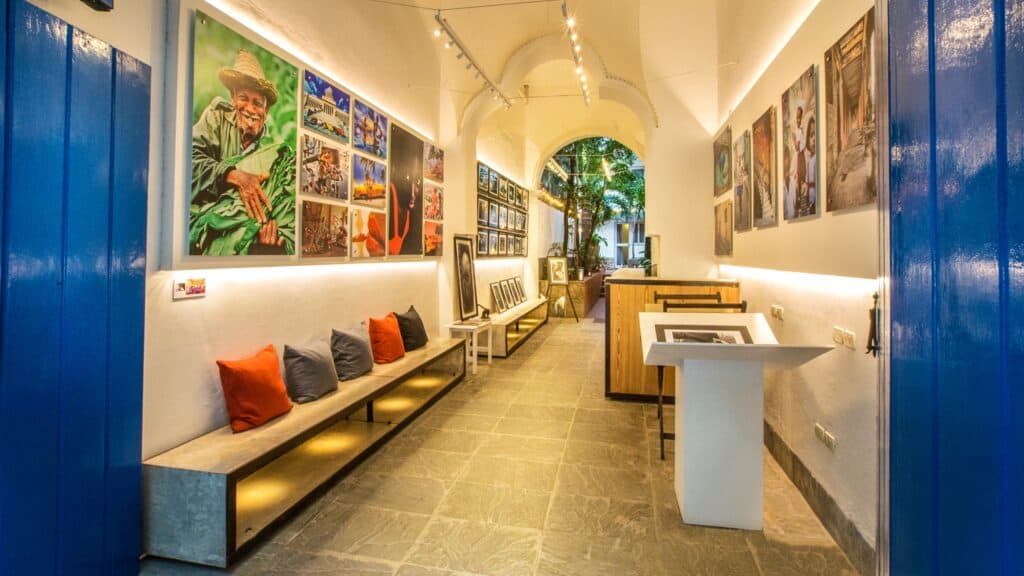
Local food
Cuban cuisine is a blend of African, Spanish and Caribbean influences. Here are some emblematic Cuban dishes not to be missed on your trip:
Ropa Vieja: This traditional dish features shredded beef simmered with peppers, onions and spices. It is served with rice and beans.
Lechon Asado: Slow-roasted suckling pig on a spit. The meat is tender and juicy, and is often served with yuca (manioc) and fried plantains.
Moros y Cristianos: This dish is a mixture of rice and black beans cooked together. It’s a classic side dish to Cuban cuisine.
Tostones: Tostones are fried, crushed slices of green plantain. They are often served as a side dish or snack.
Mojito: Although not a dish, the mojito is an emblematic Cuban drink not to be missed. This refreshing blend of rum, mint, sugar, lime juice and sparkling water is a perfect choice for quenching your thirst in the Cuban sunshine.
Some practical information
Transportation
Cuba’s main cities are well served by buses and cabs. Group cabs, known as colectivos, are a popular option for traveling between cities. Always negotiate the price before boarding. You can rent a car, but be aware that roads can be in poor condition and signage is limited.
Temperature
The coolest months are November to April, with average temperatures of around 25°C. The summer months, from May to October, are hotter and more humid, with average temperatures of around 30°C.
Currency
The official currency in Cuba is the Cuban peso (CUP). Canadian currency is widely accepted. International credit cards are accepted in hotels and restaurants, but it is advisable to withdraw cash as they are not taken everywhere.
Language
The official language of Cuba is Spanish.
Electricity
Electrical outlets in Cuba are type A and B, with a voltage of 110 volts.
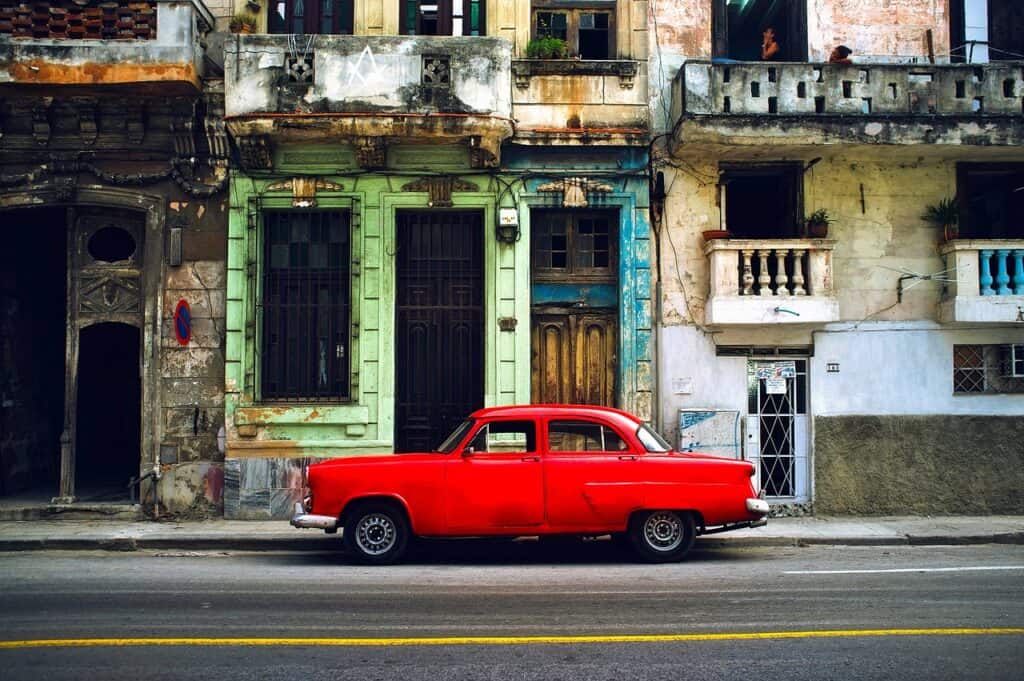
Bottom Line
If you’ve ever traveled to Cuba, you’ll know that the island’s pace of life is more relaxed and tranquil. You also need to be aware of the supply challenges faced by local people, and be open-minded and compassionate.
So take the opportunity to slow down, immerse yourself in the Cuban atmosphere, lose yourself in the historic streets and enjoy every moment of your trip.
